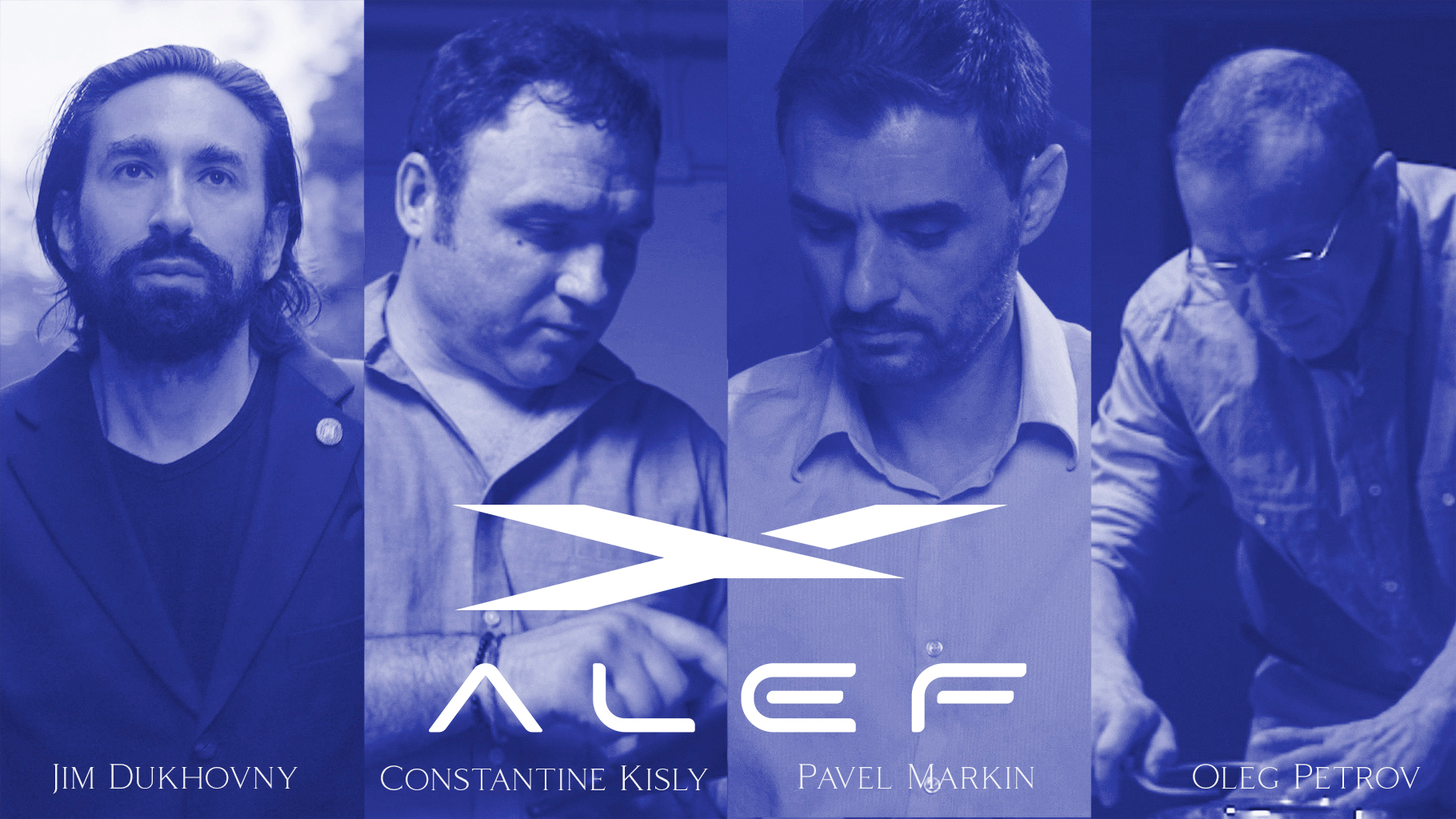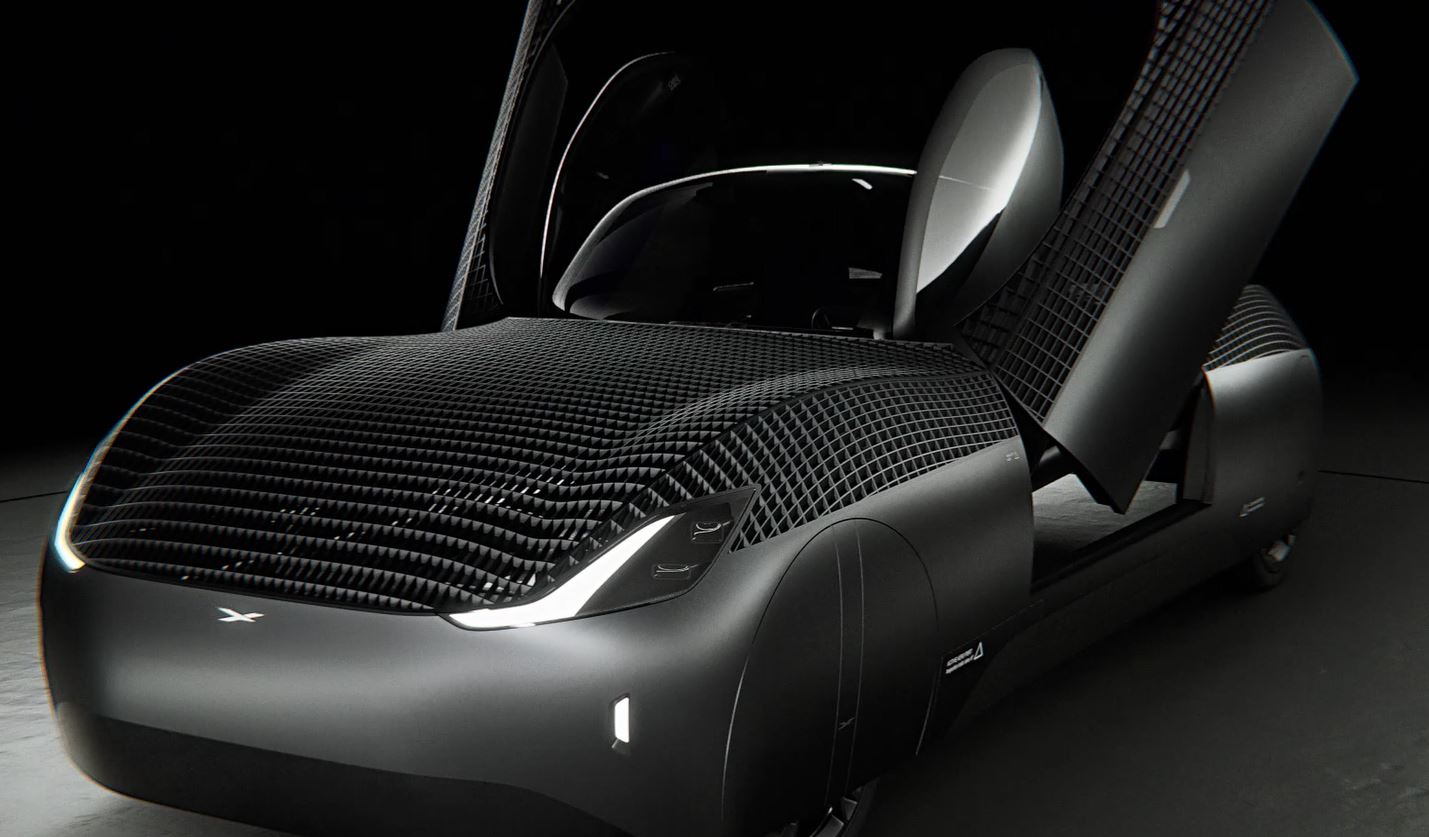US aviation authority certifies prototype flying car
We are slightly behind schedule. According to the picture that Back to the Future II of 2015 painted, we should have been up to our elbows in flying cars, hoverboards and drones for eight years now. In fact, only the latter has become somewhat true, and in a predictably depressing way.
The flying passenger car is perhaps the most characteristic futuristic concept we know. Despite the fact that many companies are working on it, there is still (or hovering) a flying car in front of almost no one’s door. But this week, another startup joined the brave pioneers trying to change that.
Airworthy, but limited
That is more or less stated on the license that the FAA, the American aviation authority, has issued to the Californian start-up Alef Automotive. Basically, it means that Alef is allowed to fly their prototype, but only for research and development and presentations. It’s not the first time something like this has happened. What is very special is that this time it concerns a fully electric prototype.
Yes, there are of course several prototypes that try to conquer the airspace with nothing but electricity as a power source. But Alef’s prototype must therefore also function as a passenger car. Ultimately, the prototype should be able to transport two people 320 km by land and more than 175 km by air. Alef does indicate that it will be referred to as a “low speed vehicle” over land. A low-speed car. And that’s not a lie. The car will only be able to drive at 42 kilometers per hour on a paved road. According to Alef, however, that is not a problem at all. The low speed is perfect for short distances. The final vehicle will of course fly over longer distances.
In any case, the FAA is not yet impressed. According to them, it is certainly not the first time that they have certified an electric VTOL (Vertical take-off and landing) aircraft in this way. But that might be a bit lame of the FAA, because they might only look at the airplane part. The Alef concept really looks like a car in car mode, and not like an airplane with awkwardly large wheels or a pair of helicopter legs. I think that is definitely news.
Faster commutes, at least for now
Alef doesn’t work on the flying road for fun. According to CEO Jim Dukhovny, the concept should be nothing less than: “one small step for planes, one giant step for cars.” According to Alef, their flying car will save the average commuter a lot of headaches and, above all, a lot of time. “We are very pleased with the certification from the FAA. This enables us to get closer to our goal: offering people an environmentally friendly and fast journey between living and working. It will generate hours for individuals and companies every week.”
There is definitely interest. According to the company, 400 of the vehicles have already been pre-ordered. A ticket for that queue will already cost you 150 dollars (1500 if you think you need priority). The final vehicle should cost $300,000. Not a huge amount for an airplane, but a reasonable amount of money for a personal means of transport. The price will of course go down with mass production, but for now it will remain a toy for the rich.
Will Back to the Future ever become a reality?

It is also highly questionable whether flying will remain faster when everyone starts doing it. In the end, highways and traffic laws were only necessary when everyone went by car en masse. In 1920 hardly anyone was stuck in traffic on their way to work. When we are all stuck at a height of a few hundred meters, it is highly questionable whether that is better for the environment than simply staying on the ground. In the air it is just a bit more difficult to turn off the engine when you are already in the morning rush hour.
According to the four friends who started the company in 2015, it should be possible. 2015 incidentally is the year in which Back to the Future predicted that we would long ago fly to work. The four friends indicate that they are inspired by the film. Their prototype must have already flown in 2018. But for further development it was therefore waiting for the FAA. That certification is now in. Who knows where it will take us as humanity!
Do you want to stay informed about the transport of the future?



